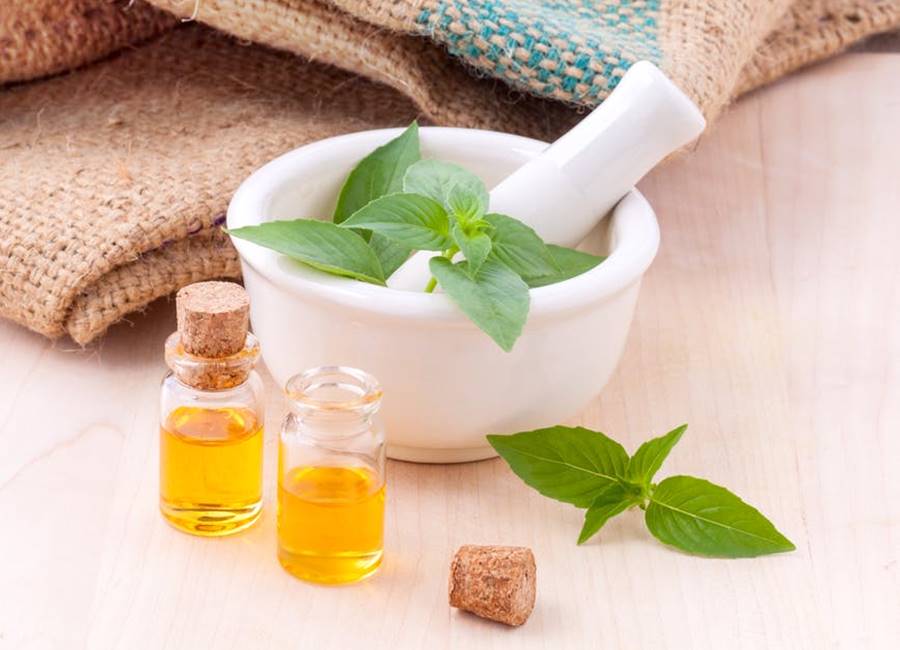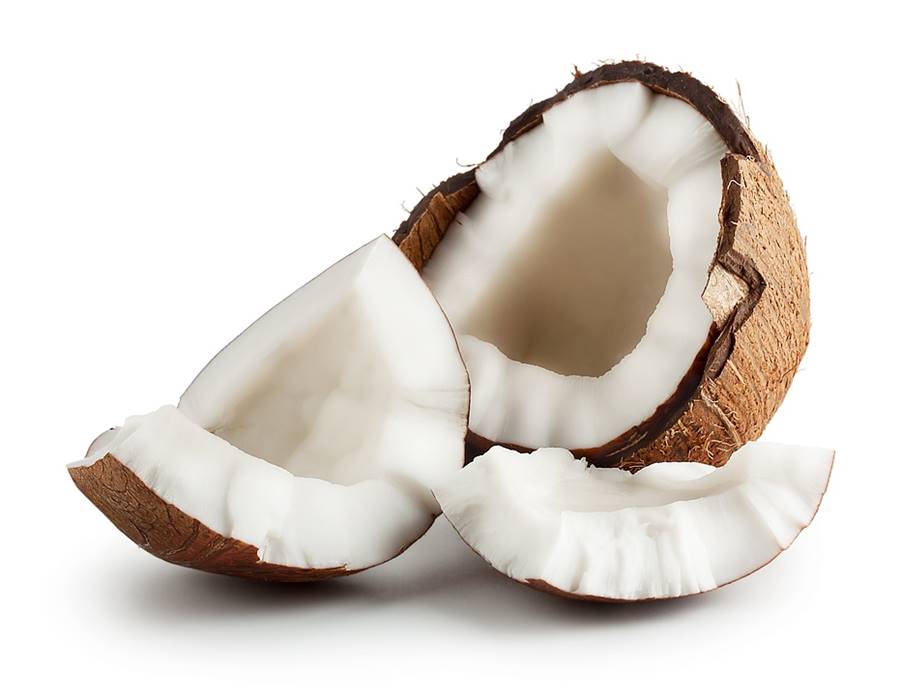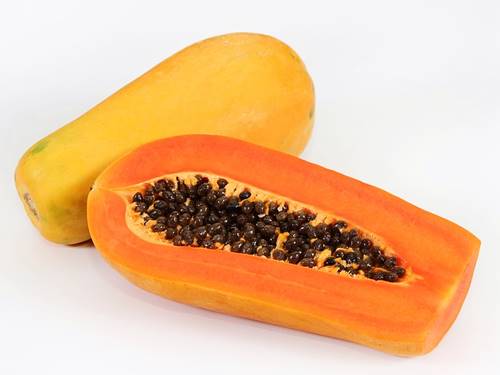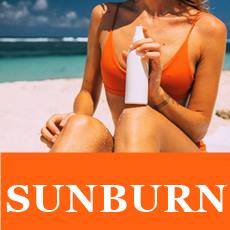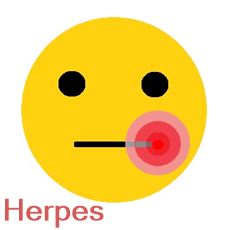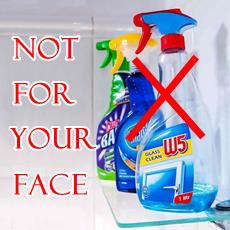Natural Ingredients in Cosmetics
Benefits (and risks) of natural skincare ingredients
Fact Checked
×All the content published in our website is fact checked to validate its accuracy.
Visit our guidelines web page to learn more about our strict processes regarding how we review our content's sources: reliable and reputable journals, media websites, universities, colleges, organizations, and professionals.
Our articles are based on scientific evidence, and the references are included in its footnotes, which are clickable links to sound scientific papers.
First published: 23. Oct.2018
Overview
Natural ingredients have been used for thousands of years. They form part of traditional medicines and topical skin or hair preparations in cultures worldwide.
Some have proven antimicrobial, antioxidant, and anti-inflammatory properties and can help treat skin conditions. Others are used as moisturizers, softeners, or conditioners.
But the fact that they are "natural" does not mean they are harmless: learn about their risks and hazards and try some of the recipes we have included in today's article.
References and Further Reading
(1) McMullen, R.L.; Dell'Acqua, G., (2023). History of Natural Ingredients in Cosmetics. Cosmetics 2023, 10, 71. https://doi.org/10.3390/cosmetics10030071
(2) Baumann L, Woolery-Lloyd H, Friedman A. (2009). Natural" ingredients in cosmetic dermatology. J Drugs Dermatol. 2009 Jun;8(6 Suppl):s5-9
(3) Noori Al-Waili, (2012)Antibiotic, Pesticide, and Microbial Contaminants of Honey: Human Health Hazards. ScientificWorldJournal. 2012; 2012: 930849. 2012 Oct 14. doi: 10.1100/2012/930849
(4) E. Ediriweera and N. Premarathna, (2012). Medicinal and cosmetic uses of Bee's Honey - A review. Ayu. 2012 Apr-Jun; 33(2): 178-182. doi: 10.4103/0974-8520.105233
(5) Pauline McLoone et al., (2016). Honey: A Therapeutic Agent for Disorders of the Skin. Cent Asian J Glob Health. 2016; 5(1): 241. 2016 Aug 4. doi: 10.5195/cajgh.2016.241
(6) Zhaoyang Cui, et al., (2015). Topical use of olive oil preparation to prevent radiodermatitis: results of a prospective study in nasopharyngeal carcinoma patients. Int J Clin Exp Med. 2015; 8(7): 11000-11006. 2015 Jul 15
(7) Al-Waili NS, (2005). Mixture of honey, beeswax and olive oil inhibits growth of Staphylococcus aureus and Candida albicans. Arch Med Res. 2005 Jan-Feb;36(1):10-3
(8) Danby SG et al., (2013). Effect of olive and sunflower seed oil on the adult skin barrier: implications for neonatal skin care. Pediatr Dermatol. 2013 Jan-Feb;30(1):42-50. doi: 10.1111/j.1525-1470.2012.01865.x. Epub 2012 Sep 20
(9) Rele AS, Mohile RB., (2003). Effect of mineral oil, sunflower oil, and coconut oil on prevention of hair damage. J Cosmet Sci. 2003 Mar-Apr;54(2):175-92
(10) Agero AL, Verallo-Rowell VM., (2004). A randomized double-blind controlled trial comparing extra virgin coconut oil with mineral oil as a moisturizer for mild to moderate xerosis. Dermatitis. 2004 Sep;15(3):109-16
(11) F. Peedikayil, et al., (2016). Comparison of antibacterial efficacy of coconut oil and chlorhexidine on Streptococcus mutans: An in vivo study. J Int Soc Prev Community Dent. 2016 Sep-Oct; 6(5): 447-452. 2016 Oct 24. doi: 10.4103/2231-0762.192934
(12) Shilling M (2013). Antimicrobial effects of virgin coconut oil and its medium-chain fatty acids on Clostridium difficile. Antimicrobial effects of virgin coconut oil and its medium-chain fatty acids on Clostridium difficile
(13) Katherine Anagnostou (2017). Coconut Allergy Revisited. Children (Basel). 2017 Oct; 4(10): 85. 2017 Sep 29. doi: 10.3390/children4100085
(14) M. Loden and A.C. Anderson (1996). Effect of topically applied lipids on surfactant-irritated skin. February 1996 https://doi.org/10.1111/j.1365-2133.1996.tb07604.x
(15) C. F. Carson, K. A. Hammer, and T. V. Riley, (2006). Melaleuca alternifolia (Tea Tree) Oil: a Review of Antimicrobial and Other Medicinal Properties. Clin Microbiol Rev. 2006 Jan; 19(1): 50-62. doi: 10.1128/CMR.19.1.50-62.2006
(16) Sharquie KE, Al-Turfi IA, Al-Shimary WM. (2006). Treatment of acne vulgaris with 2% topical tea lotion. Saudi Med J. 2006 Jan;27(1):83-
(17) Rautio M. et al., (2007). Antibacterial effects of home-made resin salve from Norway spruce (Picea abies). APMIS. 2007 Apr;115(4):335-40 doi: 10.1111/j.1600-0463.2007.apm_548.x
(18) Arno Sipponen (2013). Coniferous Resin Salve, ancient and effective treatment for chronic wounds - Laboratory and clinical studies. Academic dissertation Meilahti Hospital, Helsinki, on May 24th, 2013
(19) Starley IF, Mohammed P, Schneider G, Bickler SW. (1999). The treatment of paediatric burns using topical papaya. Burns. 1999 Nov;25(7):636-9
(20) RH Waring, (2015). Report on Absorption of magnesium sulfate (Epsom salts) across the skin. School of Biosciences, University of Birmingham. B15 2TT, U.K
(21) Chandrasekaran NC et al. (2016). Permeation of topically applied Magnesium ions through human skin is facilitated by hair follicles. Magnes Res. 2016 Jun 1;29(2):35-42. doi: 10.1684/mrh.2016.0402
(22) Gröber U, Werner T, Vormann J, Kisters K. (2017). Myth or Reality-Transdermal Magnesium?. Nutrients. 2017 Jul 28;9(8). pii: E813. doi: 10.3390/nu9080813
(23) Chowdhury S. Learn to make bath and body products. Udemy online course 2018
(24) Klaschka U (2016). Natural personal care products: analysis of ingredient lists and legal situation. Environ Sci Europe 28:8. doi: 10.1186/s12302-016-0076-7
(25) Silver Spring FDA. Prohibited & Restricted Ingredients. U.S. Food and Drug Administration (updated 26 January 2015)
(26) EU restrictions cosmetic ingredients. website accessed 09.26.2018
(27) Natural Products Association. website accessed 09.26.2018
(28) NaTrue. website accessed 09.26.2018
(29) Fowler JF Jr et al. (2010). Innovations in natural ingredients and their use in skin care. J Drugs Dermatol. 2010 Jun;9(6 Suppl):S72-81; quiz s82-3
About this Article
Natural Ingredients in Cosmetics, A. Whittall
©2024 Fit-and-Well.com. First Published: 23.Oct.2018. Updated. 01.Nov.2024. Next Update scheduled for: 05.Nov.2027. https://www.fit-and-well.com/wellness/natural-ingredients.html
Tags: cosmetics, skin, acne, tea tree, tea, coconut oil, aloe vera, olive oil.

